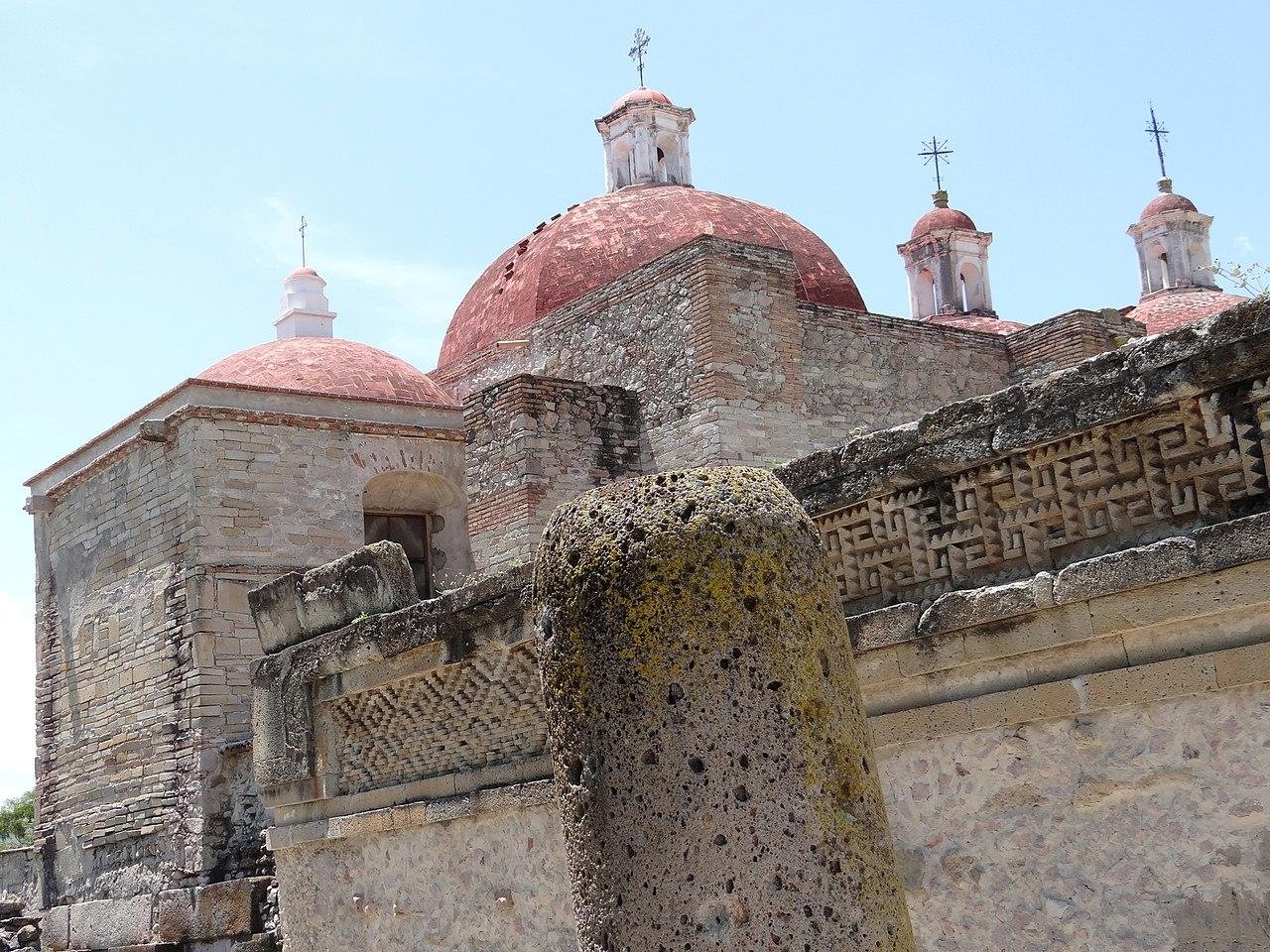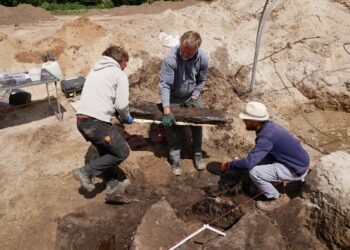A team of researchers has uncovered compelling evidence of an ancient underground temple of Lyobaa, known as the “place of rest” to the Zapotec people, beneath the ruins of Mitla in southern Mexico.

The legendary tunnels were first described in 1674 by historian Francisco de Burgoa, who chronicled the extensive labyrinth that the Zapotec believed to be an entrance to the underworld.
Mitla, a significant religious site for the Zapotec civilization, thrived around 2,000 years ago in what is now modern-day Oaxaca. Unfortunately, the arrival of Spanish colonizers led to the destruction of the site and the displacement of its inhabitants.
According to de Burgoa’s accounts, the vast underground temple comprised four interconnected chambers that held the tombs of high priests and kings of Teozapotlán. From the last chamber, a stone door led to a deep cavern extending thirty leagues below the ground, with intersecting passages supported by pillars.

In 2022, a collaborative team of researchers from Mexican institutions and the government embarked on an expedition named Project Lyobaa to explore the legendary underground temple. Utilizing advanced technologies such as ground penetrating radar, electrical resistivity tomography, and seismic noise tomography, the team discovered “a large void” connected to a significant geophysical anomaly beneath the Catholic church, which now stands where the ancient Zapotec center thrived.
According to Marco Vigato, founder of the ARX Project, the newly discovered chambers and tunnels align with the ancient Zapotec beliefs surrounding the underworld, confirming the veracity of the colonial accounts that detailed elaborate rituals and ceremonies conducted in subterranean chambers associated with the cult of the dead and ancestors. The discovery has shed light on the Zapotec civilization’s beliefs and concepts about the afterlife.
The investigation revealed that the underground structures were more extensive and intricately connected than other structures on the site, indicating they may not have been linked to the above-ground buildings that exist today.
The researchers also found evidence of another geophysical anomaly north of the church, warranting further investigation to accurately determine the extent of the subterranean features.
Project Lyobaa’s team plans a second research expedition in September to investigate additional structures at Mitla, which promises to further enrich our knowledge of this fascinating ancient civilization.
























